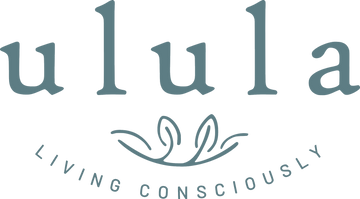The beginning of February, the days are at last lengthening, and seeds and bulbs that have been asleep underground all winter are sending green shoots through the cold soil, up to meet the warmth of the sun.
Two festivals – Imbolc, a pagan festival and Candlemas, a Christian festival fall on the 1st and 2nd of February. These two festivals celebrate the first signs of spring after winter’s darkness and mark the halfway point between the winter solstice and the spring equinox.
Candlemas can be traced to 4th century Greece as a purification holiday and it’s also possible that it is a Christian adaptation of the Roman holiday Februalia, a purification and cleansing celebration. One of the key elements of Candlemas is the blessing of candles, hence the name. This practice has ancient roots in various cultures, where lighting candles symbolizes hope, purification, and the triumph of light over darkness. In addition to candle blessings, Candlemas is associated with various folk traditions and customs around the world. In many countries, people celebrate by making and eating crepes, a tradition linked to the purification theme of the holiday. In some cultures, it's also a time for weather predictions; for example, the famous Groundhog Day in America is celebrated on the same date.
Imbolc is a Celtic festival honouring Brigid who, in Celtic tradition, is a goddess of the Dawn, of healing, of fertility. It celebrates the early signs of spring and the awakening of the earth from its winter sleep.
Snowdrops

Snowdrops and Candlemas are intertwined symbols of hope and renewal during the transition from winter to spring. Snowdrop's delicate white flowers are seen as harbingers of the coming season's renewal and rebirth. Their appearance coincides with Candlemas, adding to the symbolism of light emerging from the darkness. In some traditions, snowdrops are used as decorations during Candlemas celebrations, and another name for snowdrops is Candlemas bells.
Celebrating Candlemas at Home

Candlemas is a moment to acknowledge the changing seasons, embrace the increasing daylight, and celebrate the imminent arrival of spring. It's a time for simple rituals that connect us to nature and the cycles of the year.
Candles: The simplest tradition is to bring light into your home by lighting candles. Beeswax candles are traditional.
- Your can make your own candles which is a wonderful activity for children ages five and up. One option is to melt down all the candle stubs from Christmas and pour the wax into, for example walnut shells, seashells, half an orange. Use cotton string as a wick. Earth candles are lovely if your ground is not frozen – dig a small hole in the soil, put in a weighted wick and melted beeswax and help give light to the coming spring.
- Alternatively, place tealights along a path through the garden, and take little ones on a magical walk.
- Candle making using wax sheets is another option. Goldrick Beeswax Candle Making Kit contains everything you need to make 5 sweet-smelling, brightly burning beeswax candles.
Spring Cleaning: This spring ritual has been going on for over two thousand years! Wash, hoover, dust, clean. Take your outgrown clothes, books and toys to the charity shop.
Plant seeds: Start seeds indoors or make art with seeds.
Nature Walks: Take a walk and look for the first signs of spring, such as snowdrops, catkins or blossom.
Nature Table: Create a seasonal display with candles, cards, snowdrops, blossom, pussy willow or catkins. Hand made, eco-friendly and collectible, Ambrosius flower fairies are the perfect addition to any seasonal nature table.
Storytime: Read stories, poems and sing songs with little ones about spring.


